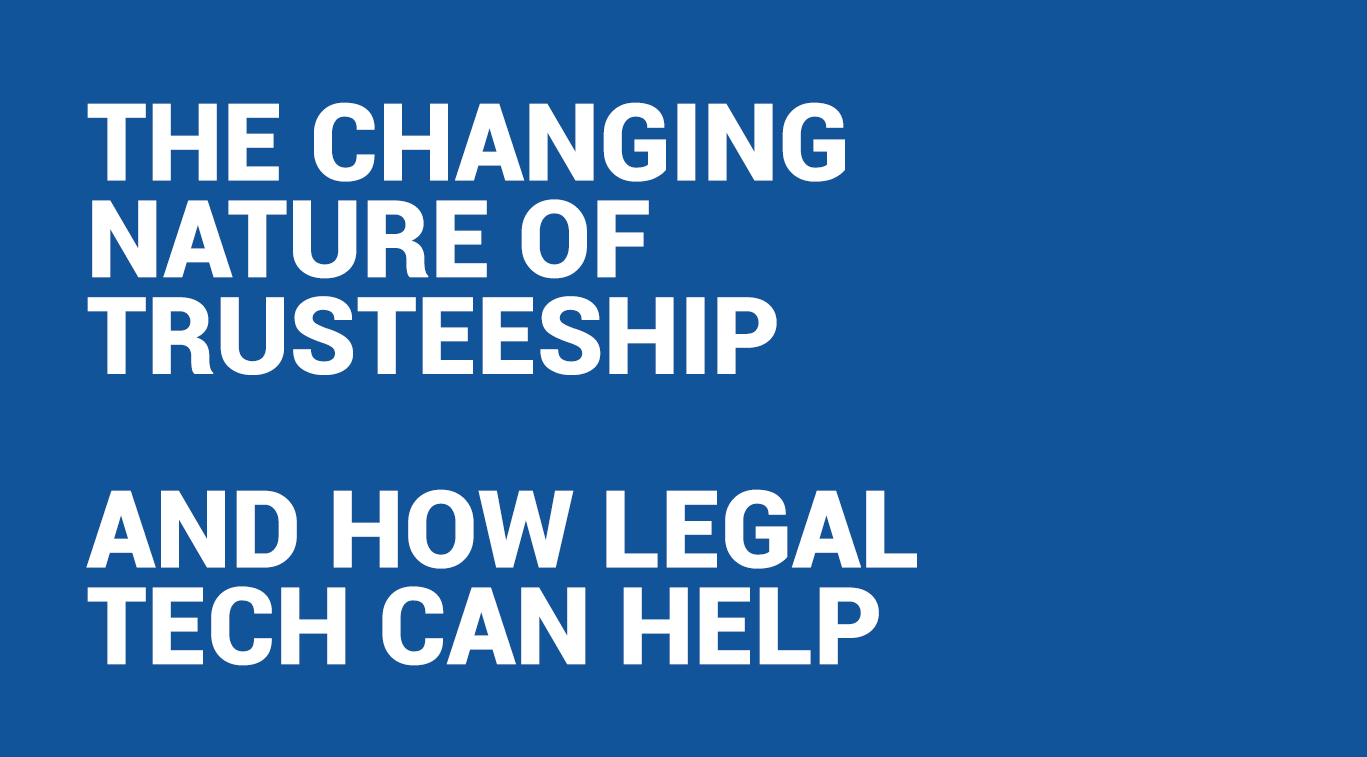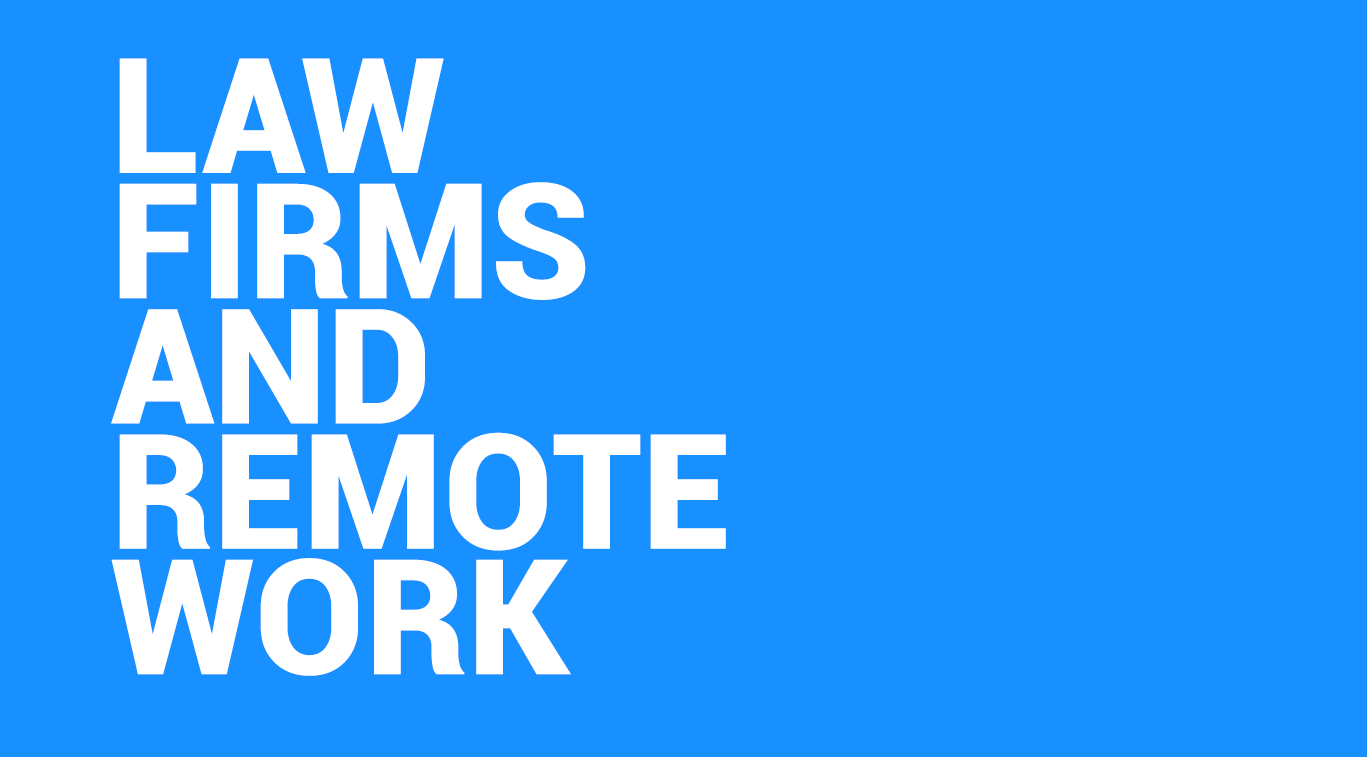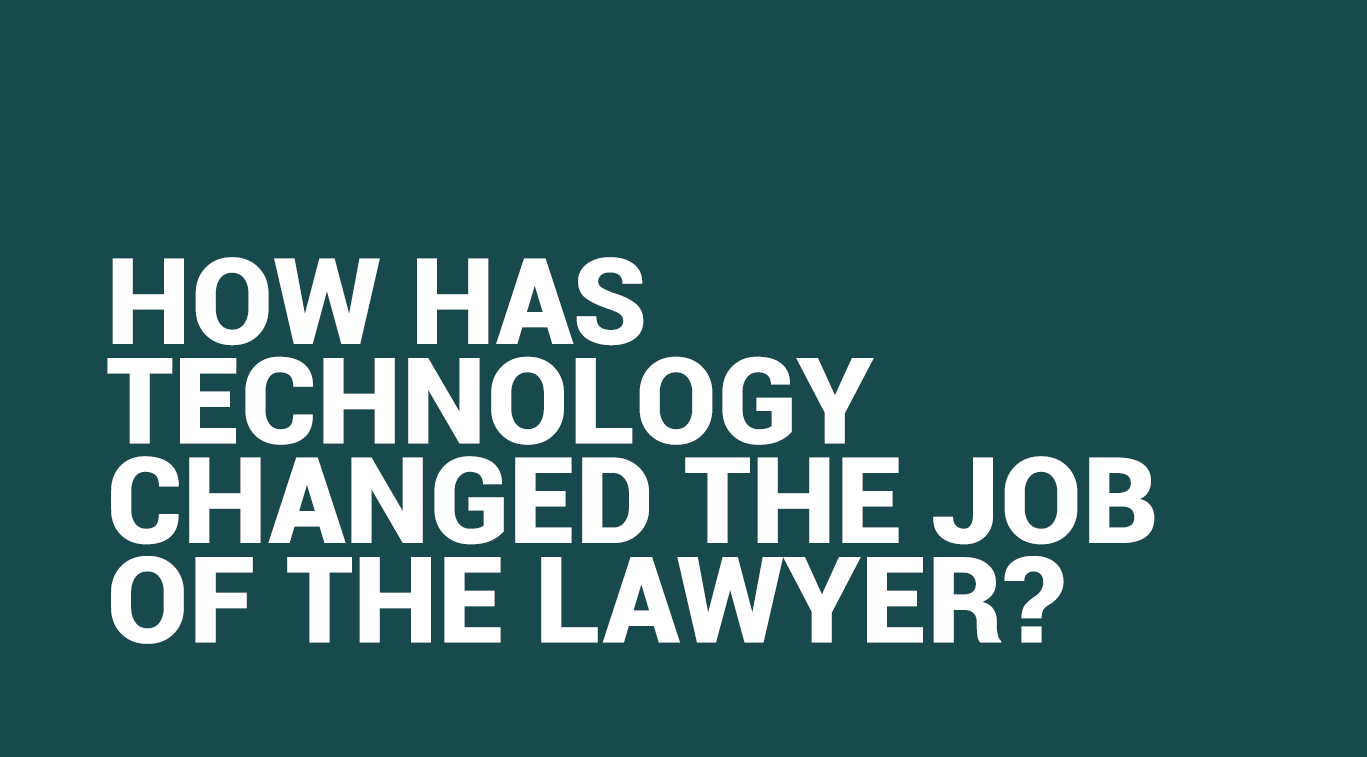The Changing Nature of Trusteeship and How Legal Tech can Help

Written by Joshua Fraser
Blogger

It is no secret that today’s world is charged with innovation and change. Many spheres of industry and society are staring down the barrel of, if not already embroiled in, rapid and dynamic development. This is both an opportunity and a challenge but with digitisation forcing change on so many professions, it is certain that even some of the most technical and traditional legal-adjacent professions, such as the position of trustee, are set to be influenced, if not revolutionised.
As most lawyers and legal personnel are likely aware, the role of trustee is one where an individual holds an item, known as the ‘trust property’, on trust for a given beneficiary. When an item is said to be held on trust it is in a form of limbo, where one individual who holds legal ownership over the item holds it for the benefit of another individual, whether expressly specified or circumstantially situated. This benefitting individual, the beneficiary, has an equitable ownership over the item, meaning that, while they do not specifically own the item, the law recognises that they should benefit from it and ultimately receive it when the trust concludes. Accordingly, if the trustee abuses their ownership of the trust property, the beneficiary can take legal action against them and theoretically recoup any losses. It is this extensive legal underpinning and stringent accompanying duty that cements the role of trustee as a legal adjacent role. Such arrangements occur in a variety of social settings, from simply loaning an item to a friend, an action which forms a constructive trust, to expressing trusts such as those of money held in pension funds or the ubiquitous and well-known last will and testament. Trustees operating under these express trusts are likely to be the bearers of most of the change in the legal system.
As has been discussed on this blog before, trusts have a long and illustrious history beginning in the era of the crusades, where lords who headed to fight transferred their lands and property, known as their estate, to neighbouring lords for safe-keeping and management. However, when some lords returned from battle in faraway lands they found their neighbouring lords unwilling to return their estate, where other, deceased, lord’s descendants were unable to inherit their ancestor’s lands, due to the different ownership. To remedy the situation, the court of the chancery imposed a new legal concept, the trust, to ensure equity was achieved. Since those times, trusts have developed in both a common law and statutory capacity, and have changed somewhat in the modern times, such as having specific rules for misapplied trust money in current accounts as opposed to trust property that is misapplied in other capacities.
However, the role of trustee has been comparatively slow to change in the digital era, despite concerns being raised that some trustees, such as those on the boards of esteemed charities, like the Royal Society for the Protection of Birds (RSPB), are too technologically incompetent and out of touch to optimise the functionality of their respective charities. These concerns are challenging enough, even before the statutory duties of trustees are considered. Particularly relevant, in this regard, is the Trustee Act 2000 (‘TA 2000’). The TA 2000, among other things, imposes requirements for both a necessary standard of care and a criteria for investment, respectively. The latter of these statutory duties, the standard investment criteria, is mainly focused on ensuring that the investments made by a given trust, such as a pension fund, charity or investment portfolio consider two particular criterions – that the investments made are diverse enough to provide security to the trust and that the investments are of a suitable kind both generally and specifically. This suitability requirement is often considered to reflect technical aspects of the fund, such as acceptable risk, yield time in consideration of the beneficiaries’ eventual reclaiming of the trust property or the size and number of beneficiaries with beneficial entitlement to the trust property.
However, this standard investment criteria stands to be shaken up by the emerging framework of Environmental, Social and Governance criteria or ESGs. At a glance, ESGs provide a form of investing analysis by scording companies based on their environmental, social and management long-term sustainability. While this criteria hinges on the technical measure of sustainability, it is important to note that there is a strong moral component at work. Historically, courts have seemingly found moral qualms to be incongruous with the criteria’s focus of producing the best financial return for the trust fund. This may be set to change as more societal onus is placed on sustainable and accountable investing and corporate practice. It is likely that the legal system will strive to keep abreast of society in this regard.
Perhaps even greater than the ESGs effect upon the standard investment criteria is the effect of the technology on the requisite standard of care to be exhibited by trustees. In an increasingly digital age, trustees, especially professional ones who are held to a higher standard, will need to ensure they perform their duties with sufficient technological competence. To help them achieve this standard many of the same principles, as seen in the basics of Legal Tech, can be employed.
Necessarily, such a notion stretches the question ‘what is legal software?’ to its bounds. However, as sure as there is good software for solicitors there can be other legal software for legal-adjacent professions. For example, legal IT solutions, such as cost calculator software as well as other legal financial software and legal document management, can apply to trustees attempting to manage and coordinate their duties investing, distributing and supervising trust funds. Added to the aforementioned office organisation software, trustees could also make use of the security provided by cloud data protection to ensure they do not breach their duty of care when carrying out their trustee obligations.
In conclusion, while the role of trustee is becoming more challenging in modern times, in the ways mentioned above and more, extant technology in the legal sector can be put to use to help improve both the quality of services trustees provide and reduce their chance of falling below the standard of their duties. In this way, the applicability of legal technology demonstrates not just its reliability, but also its versatility. This is something particularly reassuring, given that many lawyers act, at some point, as trustees for their clients, either during escrow agreements or in some other capacity.
References:
[1] Word Development Report 2019’, The World Bank at https://www.worldbank.org/en/publication/wdr2019
[2] ‘ Information – The Trustee Act 2000’ at https://www.ts-p.co.uk/publications/the-trustee-act-2000/download#:~:text=The%20standard%20investment%20criteria%20are,keep%20investments%20under%20regular%20review.
[3] ‘Increasing the digital capacity of trustee boards’, at https://www.peridotpartners.co.uk/wp-content/uploads/2019/05/Get-Wired-Getting-Fundraisers-onto-Boards-A-Report.pdf
[4] ‘ESG Investing and Analysis’, at https://www.cfainstitute.org/en/research/esg-investing
[5] ‘12 Questions about digital for trustees’ at https://assets.publishing.service.gov.uk/government/uploads/system/uploads/attachment_data/file/557962/12_questions_about_digital_for_trustees.pdf
[6] ‘Charity boards are failing to adapt to the digital age’ at https://www.theguardian.com/voluntary-sector-network/2016/apr/11/charity-governance-digital-technology-trustees
[7] ‘Investing in the Digital Age’ at https://www.greenwich.com/investing-digital-age-report-download
[8] ‘Trustee investment’, at https://techzone.abrdn.com/public/iht-est-plan/guide-trustee-investment
[9] ‘Unlocking a New Digital Age’, at https://www.dotmagazine.online/issues/investing-in-the-future/unlocking-a-new-digital-age
[10] ‘Trustees demand greater access to technology to support their role’, at https://techzone.abrdn.com/public/iht-est-plan/guide-trustee-investment








